The brain is responsible for controlling all the functions and processes in the body. It sends and receives electrical signals to coordinate activities and create thoughts, emotions, and behavior.
The brain is made up of billions of nerve cells called neurons, which communicate with each other through chemical and electrical signals. This intricate network allows the brain to process and store information, control movement, regulate bodily functions, and enable us to think, learn, and feel.
Understanding how the brain works is crucial for comprehending human cognition and behavior, as well as developing treatments and interventions for neurological and psychiatric disorders. By studying the brain, scientists can unravel secrets about consciousness, memory, perception, and other facets of human experience.

Credit: www.mcw.edu
Anatomy Of The Brain
The brain is a complex organ that can be divided into several regions and structures. One of the key regions is the cerebral cortex, which is responsible for higher cognitive functions such as thinking, perception, and language. It is divided into four lobes – the frontal lobe, parietal lobe, occipital lobe, and temporal lobe.
The limbic system is another important region of the brain, involved in emotions and memory. It includes structures such as the amygdala, hippocampus, and hypothalamus.
The brainstem connects the brain to the spinal cord, and it regulates vital functions like breathing and heart rate. It consists of three parts – the midbrain, pons, and medulla.
The cerebellum is located at the back of the brain and plays a crucial role in coordination, balance, and motor control.
Neurons And Neural Networks
The brain is a complex organ composed of billions of neurons, which are the building blocks of the nervous system. Neurons have various components and characteristics that enable them to communicate with each other and form neural networks.
At the core, neurons consist of a cell body, dendrites, and an axon. The cell body contains the nucleus and other organelles necessary for the neuron’s functioning. Dendrites receive signals from other neurons, while the axon transmits signals to other neurons or muscle cells.
Neurons communicate with each other through specialized junctions called synapses. When an electrical signal reaches the axon terminal of one neuron, it releases chemical messengers called neurotransmitters. These neurotransmitters travel across the synapse and bind to receptors on the dendrites of the receiving neuron, transmitting the signal.
Neural networks are formed when multiple neurons connect and communicate with each other through synapses. The formation and function of these networks are essential for various brain processes, including learning, memory, and decision-making.
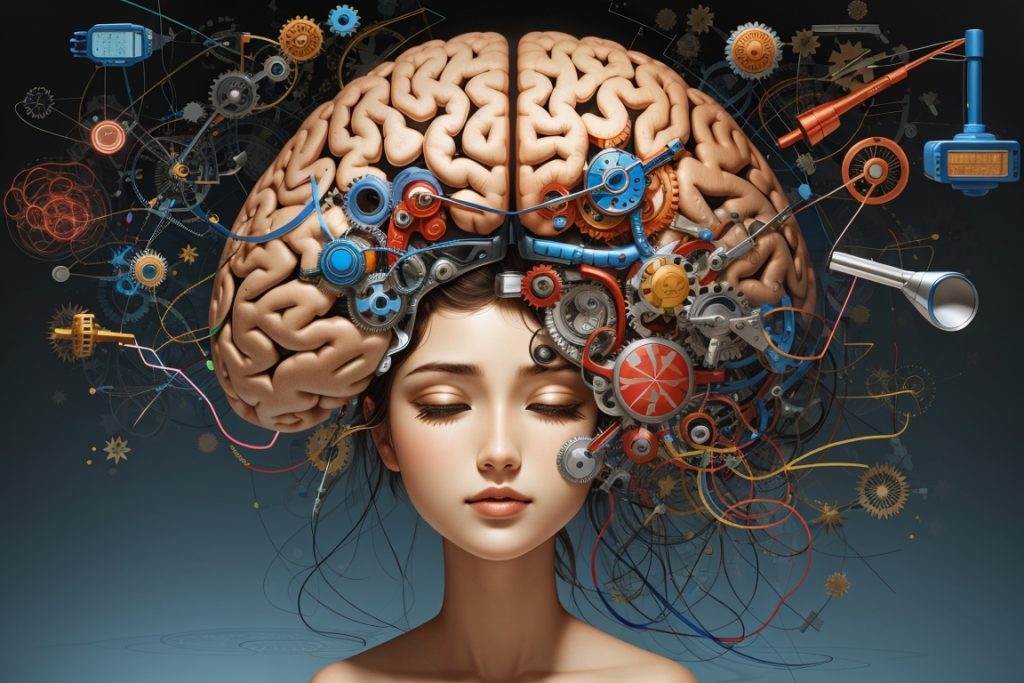
Vision
Vision is a complex process that involves how the brain processes visual information. The primary visual cortex plays a crucial role in this process. Located at the back of the brain, it receives incoming visual signals from the eyes and begins to analyze and interpret them. It is responsible for basic visual functions, such as detecting edges, lines, shapes, and colors.
Visual perception refers to the brain’s ability to make sense of the visual information it receives. This includes recognizing objects, faces, and movement. The brain takes the raw visual input and combines it with stored knowledge and past experiences to create a coherent perception of the world.
Visual interpretation involves assigning meaning to the visual stimuli. It is where the brain goes beyond basic recognition and understands the context and significance of what is being seen. This process allows us to interpret complex scenes and make sense of the visual world around us.
Hearing
The auditory pathway from the ear to the brain is an intricate process that allows us to perceive sound. It begins with the eardrum, which vibrates in response to sound waves. These vibrations then pass through the middle ear, where they are amplified by three tiny bones called the ossicles. From there, the vibrations enter the inner ear, which is filled with fluid and contains the cochlea. Inside the cochlea, thousands of tiny hair cells convert the vibrations into electrical signals that can be interpreted by the brain.
Once the electrical signals are generated, they travel along the auditory nerve to the brainstem. Here, the signals are sorted and relayed to the different regions of the brain responsible for processing sound. This complex network of neurons allows us to recognize and interpret different sounds, from conversations to music.
One fascinating aspect of auditory processing in the brain is how it distinguishes different sounds. Our brains have the remarkable ability to differentiate between various frequencies, amplitudes, and patterns of sound. This enables us to identify a wide range of sounds, from a whispered conversation to a crashing thunderstorm.
Understanding the intricacies of how the brain works when it comes to hearing is a fascinating field of study. By unraveling the mysteries of auditory processing, scientists and researchers continue to deepen our understanding of this incredible organ and its capabilities.
Taste And Smell
Taste and smell are two closely related senses that work together to enhance our perception of flavor. The brain plays a crucial role in processing and interpreting the signals received from taste buds and olfactory receptors.
The connection between taste and smell lies in the fact that both senses rely on chemical receptors. When we eat, the taste buds on our tongue detect five basic taste sensations: sweet, sour, salty, bitter, and umami. Simultaneously, volatile compounds released by the food stimulate our olfactory receptors, which are responsible for detecting thousands of different smells.
The brain processes and interprets the taste and smell signals by analyzing the information from both sensory pathways. By combining the information from taste buds and olfactory receptors, the brain can create a rich perception of flavor. This integration allows us to savor the complex tastes in our favorite dishes and differentiate between the vast array of aromas.
Understanding the role of the brain in taste and smell perception sheds light on the incredible complexity and interconnectedness of our senses.
Short-term Memory
The process of encoding and storing short-term memories is a crucial function of the brain. Short-term memory, also known as working memory, plays a vital role in cognitive tasks. It allows us to retain and manipulate information for a short period of time, typically around 15-30 seconds. During this time, the brain actively processes and temporarily stores the information. This process involves the transfer of information from the sensory memory to the working memory through attention and perception.
The retrieval of short-term memories in the brain relies on various cognitive processes. These include recall, recognition, and relearning. Recall involves the retrieval of previously stored information without any cues or prompts. Recognition, on the other hand, involves the identification of familiar information when presented with relevant cues. Relearning refers to the process of reacquiring information that was previously learned but forgotten.
Understanding the mechanisms behind short-term memory and its related processes provides insights into the intricate
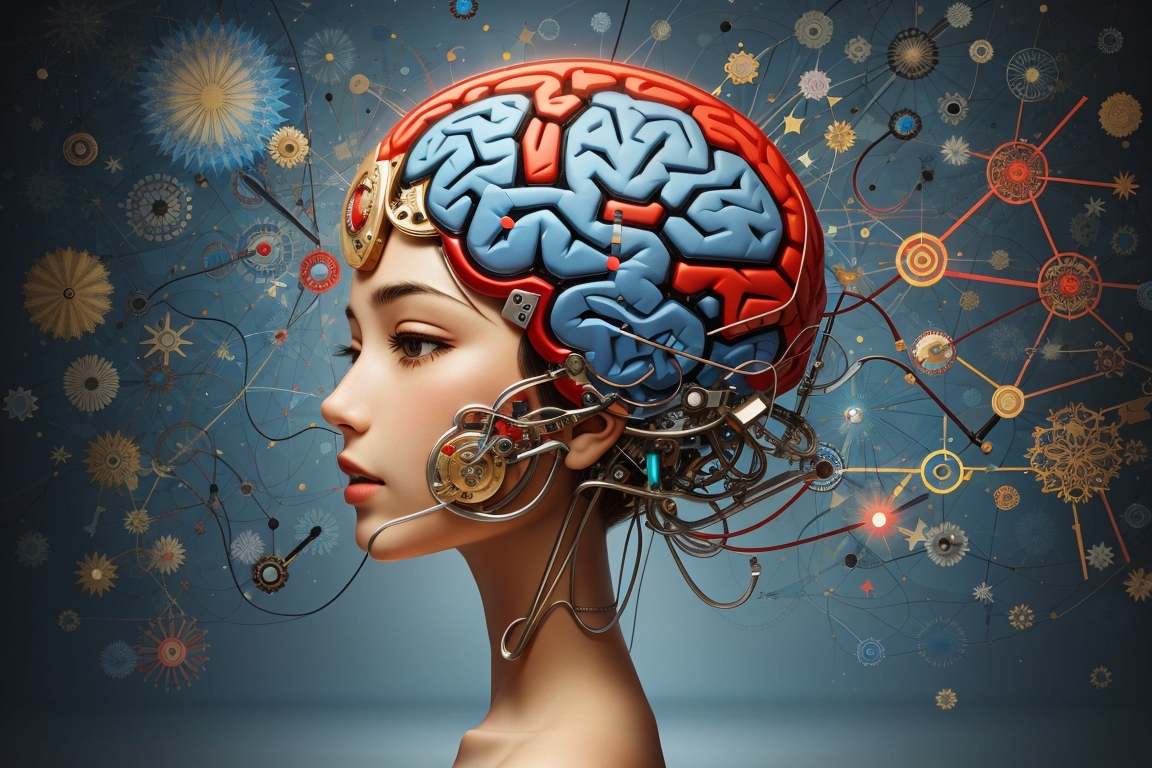 workings of the human brain.
workings of the human brain.
Long-term Memory
Long-term memory refers to the storage and retrieval of information over an extended period. The formation and consolidation of long-term memories involve complex processes within the brain. Memories are initially formed through a process known as encoding, where information is transformed into a format that can be stored. Consolidation then occurs, which involves the stabilization and strengthening of these memories.
There are different types of long-term memory, including declarative memory and procedural memory. Declarative memory is further divided into episodic memory, which involves the recollection of specific events, and semantic memory, which relates to general knowledge and concepts.
Memory retrieval is the process of accessing stored information. The hippocampus plays a crucial role in this process, acting as a gateway to retrieve memories. As memories become consolidated and strengthened over time, they rely less on the hippocampus and more on other brain regions for retrieval.
In summary, long-term memory formation, consolidation, and retrieval are intricate processes in the brain that enable us to store and retrieve information from the past.
Learning And Plasticity
The brain’s incredible capacity for learning and plasticity allows it to constantly adapt and change. Understanding how the brain works unveils the secrets behind its ability to learn, grow, and form new connections.
The brain’s remarkable ability to learn and adapt is due to a process known as neuroplasticity. Neuroplasticity refers to the brain’s capacity to form new connections and reorganize its structure in response to experiences and learning. It plays a crucial role in our ability to acquire new skills, remember information, and adapt to changes in our environment.
When we learn something new, such as a new language or a new instrument, our brain undergoes structural and functional changes. These changes can be observed at the neuronal level, with the formation of new synapses and the strengthening of existing connections. Additionally, learning also leads to changes in the activity patterns of different brain regions.
Neuroplasticity is not limited to the early years of development; it continues throughout our lifespan. This means that we have the potential to learn and acquire new skills at any age. By engaging in new activities, challenging ourselves, and practicing regularly, we can harness the power of neuroplasticity to enhance our learning and cognitive abilities.
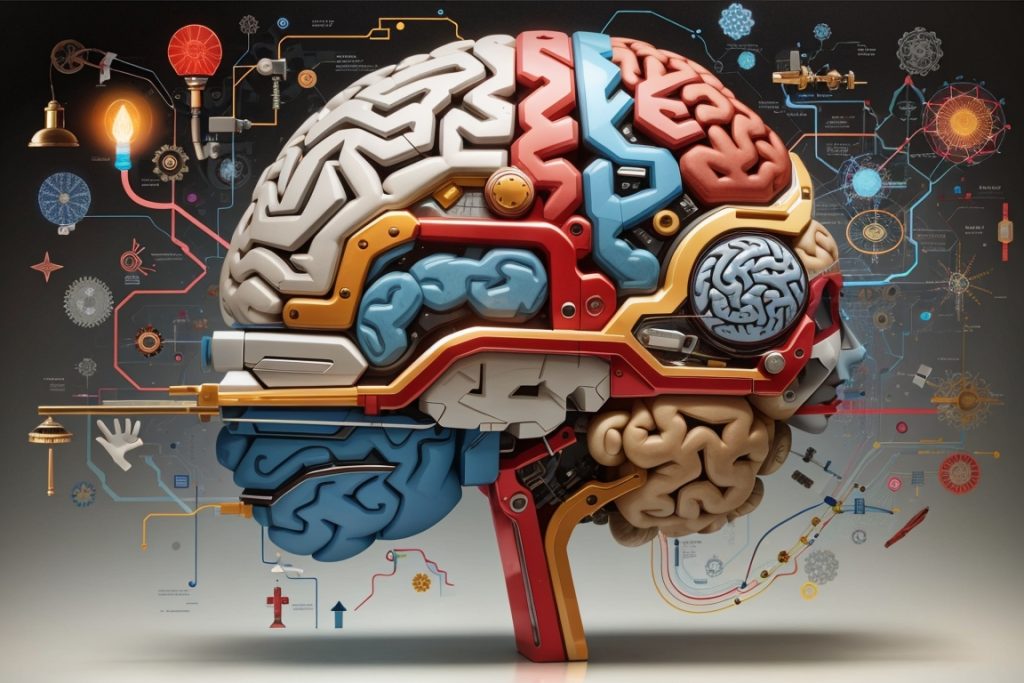
The Emotional Brain
The limbic system plays a crucial role in regulating our emotions. One key structure within this system is the amygdala, which is responsible for fear responses. When we encounter a threatening stimulus, the amygdala quickly initiates a series of physiological and behavioral reactions to prepare us for potential danger. This primitive survival mechanism is an essential aspect of our brain’s ability to protect us from harm. Another important component of emotion regulation is the prefrontal cortex. This region of the brain is involved in executive functions such as decision-making and impulse control. It helps to modulate our emotional responses by inhibiting the amygdala’s activity when necessary. Through this interaction between the prefrontal cortex and the limbic system, we can regulate our emotions and adapt to different situations. Understanding how the emotional brain functions is essential in comprehending our own emotional experiences and developing strategies to manage them effectively.
Decision-making And Impulse Control
The brain is a complex organ responsible for decision-making and impulse control. These cognitive processes involve the interaction of various brain areas. One crucial region involved in decision-making is the prefrontal cortex. This area of the brain plays a significant role in controlling impulsive behavior by regulating emotions and inhibiting inappropriate responses. The prefrontal cortex also helps in evaluating risks and rewards when making decisions.
Another important aspect of decision-making is the brain’s ability to weigh risks and rewards. Different brain regions, such as the amygdala and the ventral striatum, are involved in this process. The amygdala processes emotions and attaches emotional significance to stimuli, while the ventral striatum evaluates the potential rewards.
In conclusion, understanding the brain’s mechanisms behind decision-making and impulse control can provide insights into human behavior and offer potential strategies for improving decision-making processes.
Neurological Disorders
Common neurological disorders and their impact on brain function:
Neurological disorders are conditions that affect the brain and nervous system, leading to disruptions in normal brain function. These disorders can have a significant impact on various aspects of a person’s life, including movement, cognition, behavior, and overall quality of life.
| Disorder | Impact on Brain Function |
|---|---|
| Alzheimer’s disease | Progressive memory loss, cognitive decline |
| Parkinson’s disease | Tremors, difficulty with movement and coordination |
| Epilepsy | Seizures, abnormal electrical activity in the brain |
| Multiple sclerosis | Damage to the protective covering of nerve fibers, leading to communication problems between the brain and the rest of the body |
The role of genetics and environmental factors in neurological conditions:
While the exact causes of neurological disorders are often complex and not fully understood, both genetic and environmental factors play a role. Certain genetic mutations or variations can increase the risk of developing certain neurological conditions. Additionally, environmental factors such as exposure to toxins, infections, traumatic brain injuries, and lifestyle factors can also influence the development and progression of these disorders.
Current research and treatment options for neurological disorders:
Researchers and medical professionals are constantly investigating new treatment options and therapies for neurological disorders. Depending on the specific disorder, treatment may involve medications to manage symptoms, physical therapy to improve mobility and function, mental health counseling, and in some cases, surgery. The goal of treatment is to alleviate symptoms, slow down disease progression, and improve overall quality of life for individuals affected by these disorders.
Mental Health Conditions
There is a strong connection between brain function and mental health conditions. Certain brain disorders can contribute to the development of mental health conditions, while the presence of mental health conditions can also impact brain function. Conditions such as depression, anxiety disorders, bipolar disorder, and schizophrenia are known to have significant neurological components. These conditions can affect various aspects of brain functioning, including neurotransmitter imbalances and structural abnormalities.
Strategies and treatments for managing mental health conditions:
Fortunately, there are strategies and treatments available for managing mental health conditions. These may include a combination of medication, therapy, lifestyle changes, and support networks. Medications can help regulate brain chemistry, while therapy can provide coping mechanisms and support. Lifestyle changes such as exercise, proper nutrition, and stress reduction techniques can also positively impact mental well-being. Building a strong support network of friends, family, and professionals can offer additional resources and guidance for managing mental health conditions.
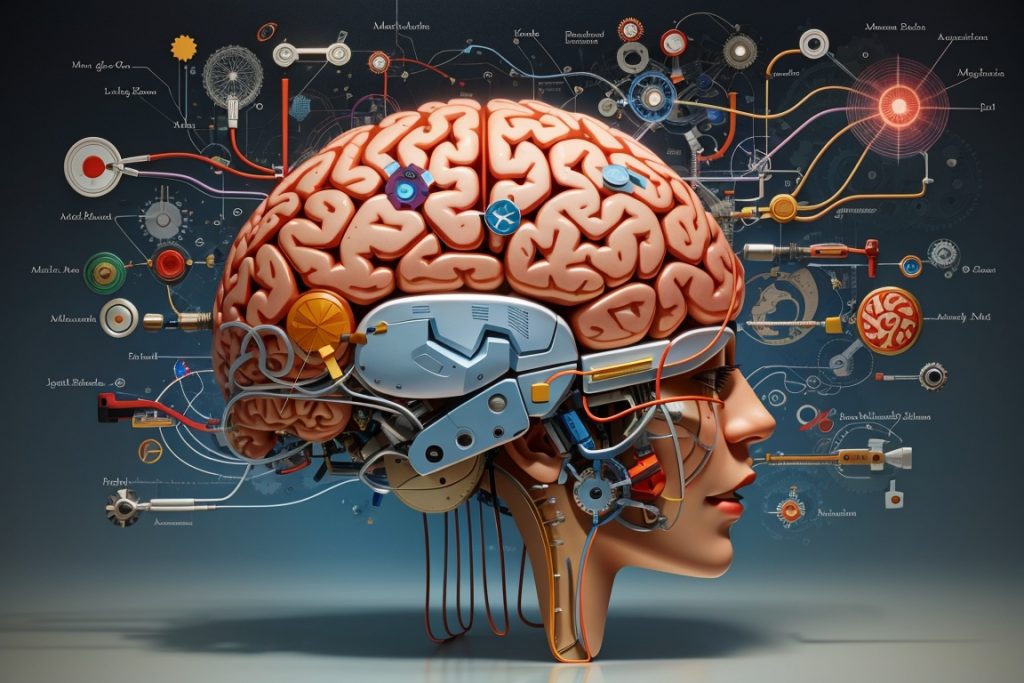
Frequently Asked Questions Of How The Brain Works
How Does The Brain Work Step By Step?
The brain works by processing information through a complex network of neurons. It receives signals from the body and senses, then interprets and analyzes them. This allows us to think, remember, learn, and perform various tasks. Electrical impulses pass between neurons, enabling communication and coordination throughout the brain.
What Are The 7 Functions Of The Brain?
The brain performs seven crucial functions, including processing information, coordinating movement, controlling emotions, regulating bodily functions, storing and recalling memories, maintaining consciousness, and supporting language and communication.
What Are 5 Interesting Facts About The Human Brain?
The human brain is an incredible organ. Here are 5 interesting facts about it: 1. The brain is made up of about 100 billion nerve cells. 2. It weighs about 3 pounds and is the most complex organ in the body.
3. The brain can process information at a speed of 268 miles per hour. 4. It uses about 20% of the body’s total energy. 5. The brain is responsible for controlling all bodily functions and behaviors.
Do We Know Exactly How The Brain Works?
We have some understanding of how the brain works, but our knowledge is not complete. There is still much to learn about its complex functions and processes.
Conclusion
Understanding how the brain works is crucial for unraveling the mysteries of human cognition. By delving into the intricate network of neurons and synapses, we gain insights into the complexity of our thoughts, emotions, and behaviors. From perception to memory, our brain orchestrates it all, constantly adapting and evolving.
Exploring the brain’s inner workings sparks curiosity and opens doors to potential breakthroughs in neuroscience. Let the journey into the enigmatic realm of the brain continue, as we strive to unlock the secrets of our own consciousness.





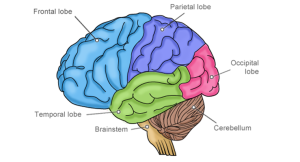




Be First to Comment